PEOPLE

THE INFN-LED WAVESCALES CONSORTIUM WILL PARTICIPATE IN THE HUMAN BRAIN PROJECT
Interview with Pier Stanislao Paolucci, researcher at the INFN and head of the WAVESCALES project
The INFN will participate in the European Commission's international Human Brain Project (HBP). It will lead the WAVESCALES (WAVE SCALing Experiments and Simulations) Consortium, one of the 4 winning projects selected from among the 57 proposals submitted in response to the Call for Expressions of Interest (CEoI) launched by the HBP. The WAVESCALES Consortium will be coordinated by Pier Stanislao Paolucci, a researcher at the INFN. We asked him what this achievement means and to tell us about the winning project.
What is the Human Brain Project (HBP)?
The Human Brain Project is an international research effort funded by the European Union with a budget of about € 500 million between 2013 and 2023. It is one of the two Future and Emerging Technology (FET) Flagship projects that will run for the next ten years. The other FET Flagship project is Graphene. The project's ultimate goal is to improve our understanding of the human brain, and to build and simulate the first model of its cognitive capabilities. The HBP is running in synergy - but also scientifically competing - with other research collaborations, such as the Allen Institute for Brain Science and the BRAIN Initiatives of the National Institutes of Health (NIH), both in the US. The specific mission of the HBP is to construct an "information technology infrastructure", ...
NEWS
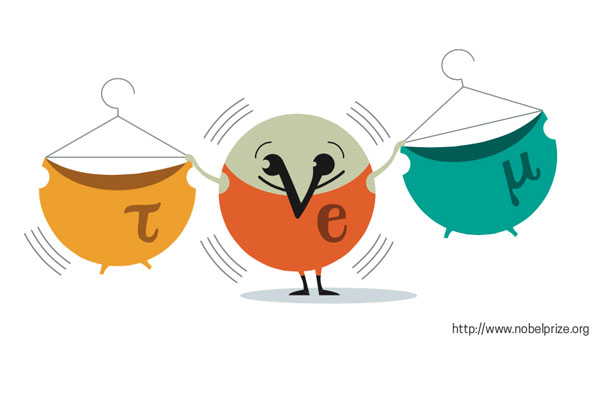
Research
THE 2015 NOBEL PRIZE IN PHYSICS FOR NEUTRINOS
The 2015 Nobel Prize in Physics has been awarded to Takaaki Kajita from Japan and Arthur B. McDonald from Canada, for their key contributions to the SuperKamiokande experiment in Japan and Sudbury Neutrino Observatory (SNO) in Canada, which demonstrated that neutrinos oscillate. ...
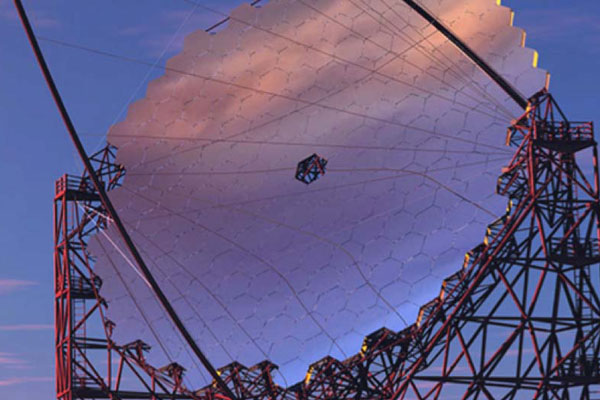
Infrastructures
FOUNDATION STONE LAYING CEREMONY FOR THE CTA-NORTH TELESCOPED
The construction of the Large Size Telescope (LST) prototype, one of the hyper-technological eyes of the Cherenkov Telescope Array (CTA) North, has officially started. Takaaki Kajita, who was recently awarded the Nobel Prize in Physics, attended the opening ceremony on 9 October, on the island of La Palma (Canary Islands). ...
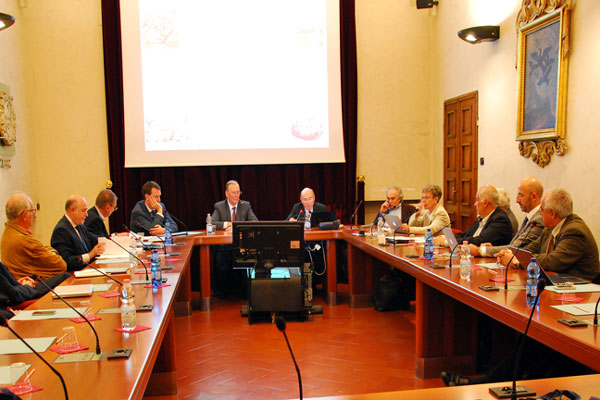
International Collaboration
BILATERAL MEETING IN PISA BETWEEN THE INFN AND JINR FROM DUBNA
The INFN and JINR (Joint Institute for Nuclear Research) based in Dubna held a bilateral meeting on 12 and 13 October at the Rector's office of the University of Pisa to discuss their respective research activities and explore potential areas of common interest with a view to expanding their collaboration. ...
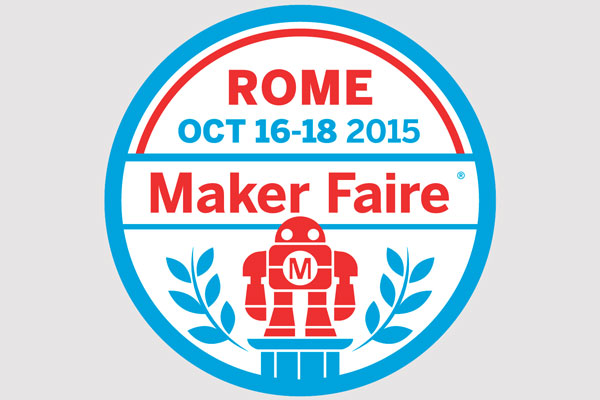
Dissemination
INFN AT THE MAKER FAIRE ROME 2015 WITH HOMEMADE DETECTORS
As from this year, the INFN has joined the list of partners for the Maker Faire, the important exhibition for new digital artisans. The Italy 2015 edition was hosted by the Sapienza University in Rome. Makers from the INFN showed the public how to build a homemade particle detector, using simple ingredients. ...

Space
AN ITALIAN INSTRUMENT BY ASI AND INFN ON BOARD EXOMARS
Europe is preparing to land on the Red Planet in 2016 with the robotic ExoMars mission by the European Space Agency (ESA). A mission in which Italy is playing a key role, that will be becoming increasingly important in the next few days, as the INRRI (INstrument for landing-Roving laser Retroreflector Investigations) ...
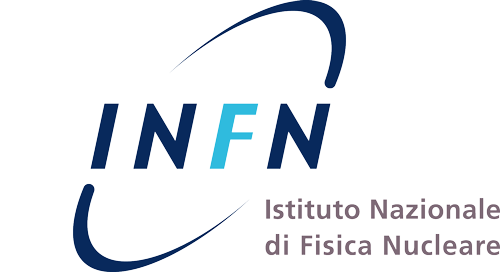

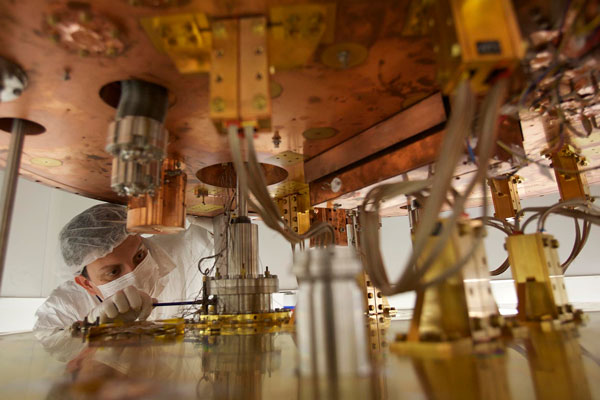 A ROMAN SHIELD
FOR THE CUORE EXPERIMENT
A ROMAN SHIELD
FOR THE CUORE EXPERIMENT